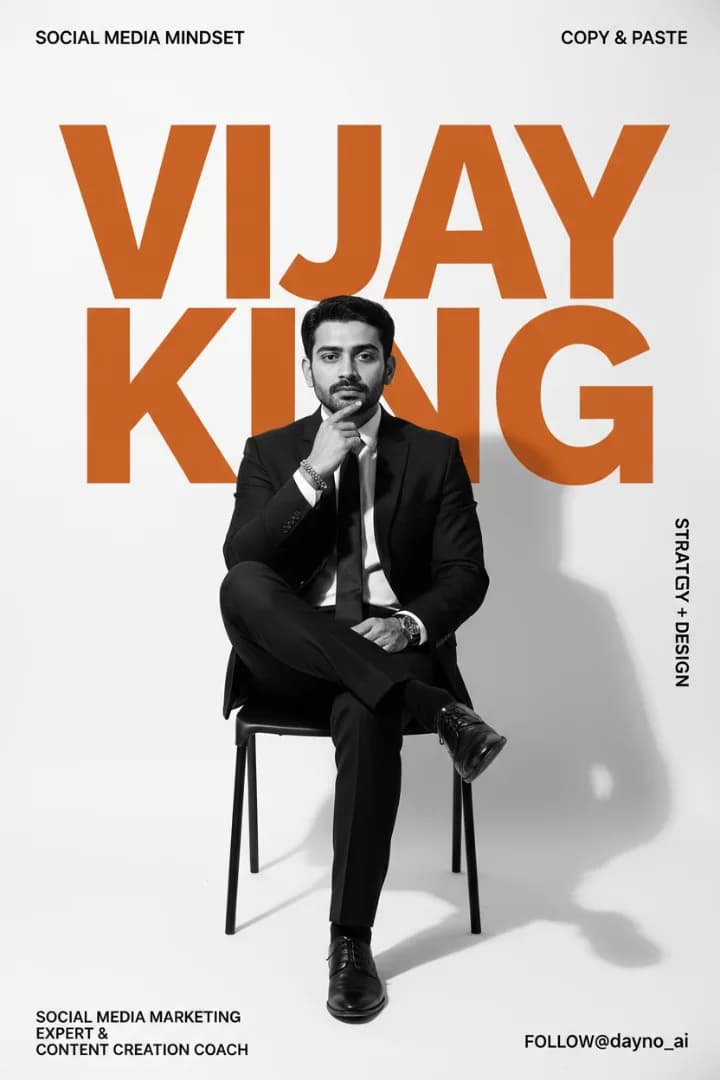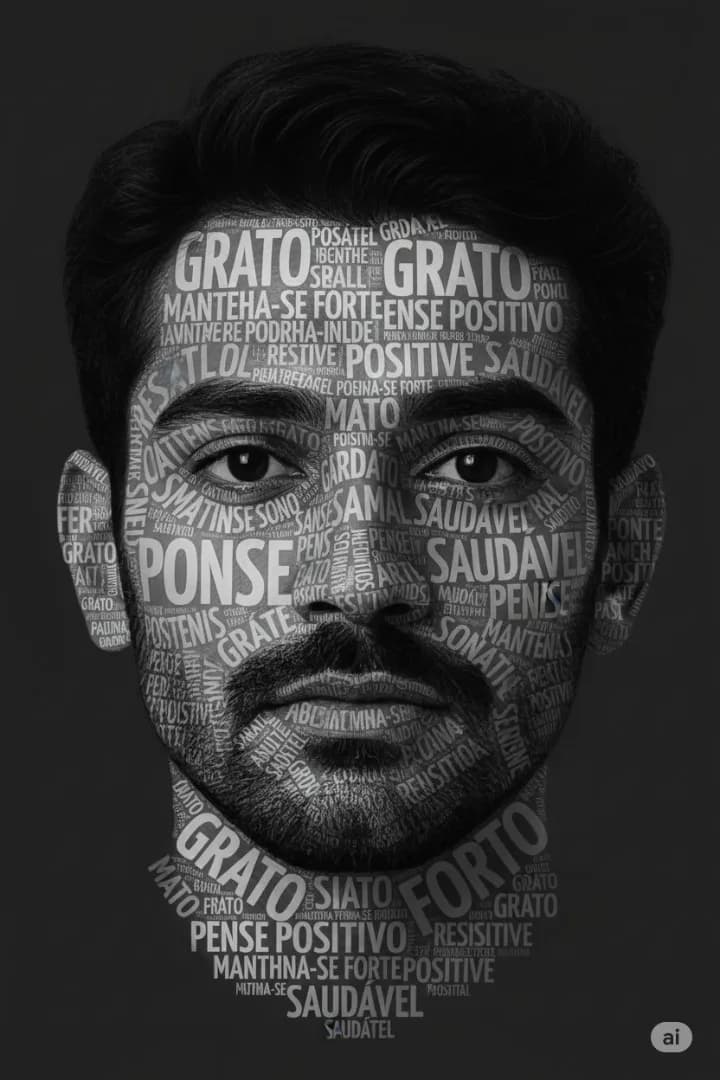Article Overview
In-depth analysis and key takeaways
“Prompt” has several accepted meanings: it can mean to cause an action, to cue someone with forgotten words, or describe something done without delay, while in computing and AI it’s a user instruction given in natural language to guide output. In modern AI, a prompt is the text or image instruction that tells a model what to generate, making prompt quality central to results in image generation, chat, and automation. Dayno.ai builds on this by offering crafted prompts for everything from product photos to cinematic visuals, helping creators get consistent, high-quality outputs quickly. What does “prompt” mean? As a verb: to cause something to happen or to make someone decide to act or speak, such as evidence prompting an investigation. As a noun: a cue or message, including AI and computer prompts that instruct systems or ask users for input. As an adjective/adverb: done without delay or exactly on time, like a prompt reply or meeting at 9 a.m. prompt. What does “prompted” mean? “Prompted” is the past tense indicating something caused an action or response, such as remarks that prompted discussion or data that prompted an inquiry. Prompts in AI and computing In AI, a prompt is the instruction that guides the model’s behavior, often in natural language, and can be textual or multimodal. Effective prompts specify subject, style, constraints, and quality cues to steer outputs toward desired formats and aesthetics. This is foundational in prompt engineering, where structured phrasing, examples, and constraints improve reliability and consistency. Types of prompts Descriptive prompts: clear subject and attributes to define output scope. Instructional prompts: step-by-step directives with constraints or criteria. Contextual prompts: include background info, references, or role context. Style prompts: specify artistic, cinematic, or brand styles. Negative prompts: exclude unwanted traits to tighten outputs. Dayno.ai use cases Product photography: structured prompts for angles, lighting, surfaces, and brand mood ensure consistent catalogs. Cinematic visuals: camera language, aspect ratios, lens choices, and lighting recipes deliver filmic scenes. Portraits and lifestyle: pose, wardrobe, environment, and mood cues balance realism and aesthetics. Example AI picture prompts Product photo prompt: “Matte black wireless earbuds, 45-degree hero angle on white acrylic, softbox rim light, clean shadows, high-CR rendering, e-commerce ready, no text, 4k.” Cinematic photo prompt: “Rainy night street in Mumbai, neon reflections, 35mm lens look, shallow DOF, teal-orange grade, subject under umbrella mid-stride, film grain subtle.” Portrait prompt: “Studio headshot, soft Rembrandt lighting, neutral gray backdrop, crisp catchlights, minimal retouch, true-to-skin tones, professional LinkedIn style.” How to write better prompts Lead with the subject, then add key attributes, style, and constraints for clarity. Include camera or lighting details for photographic consistency across a set. Use exclusions to remove artifacts, text, or unwanted styles for cleaner outputs.



























